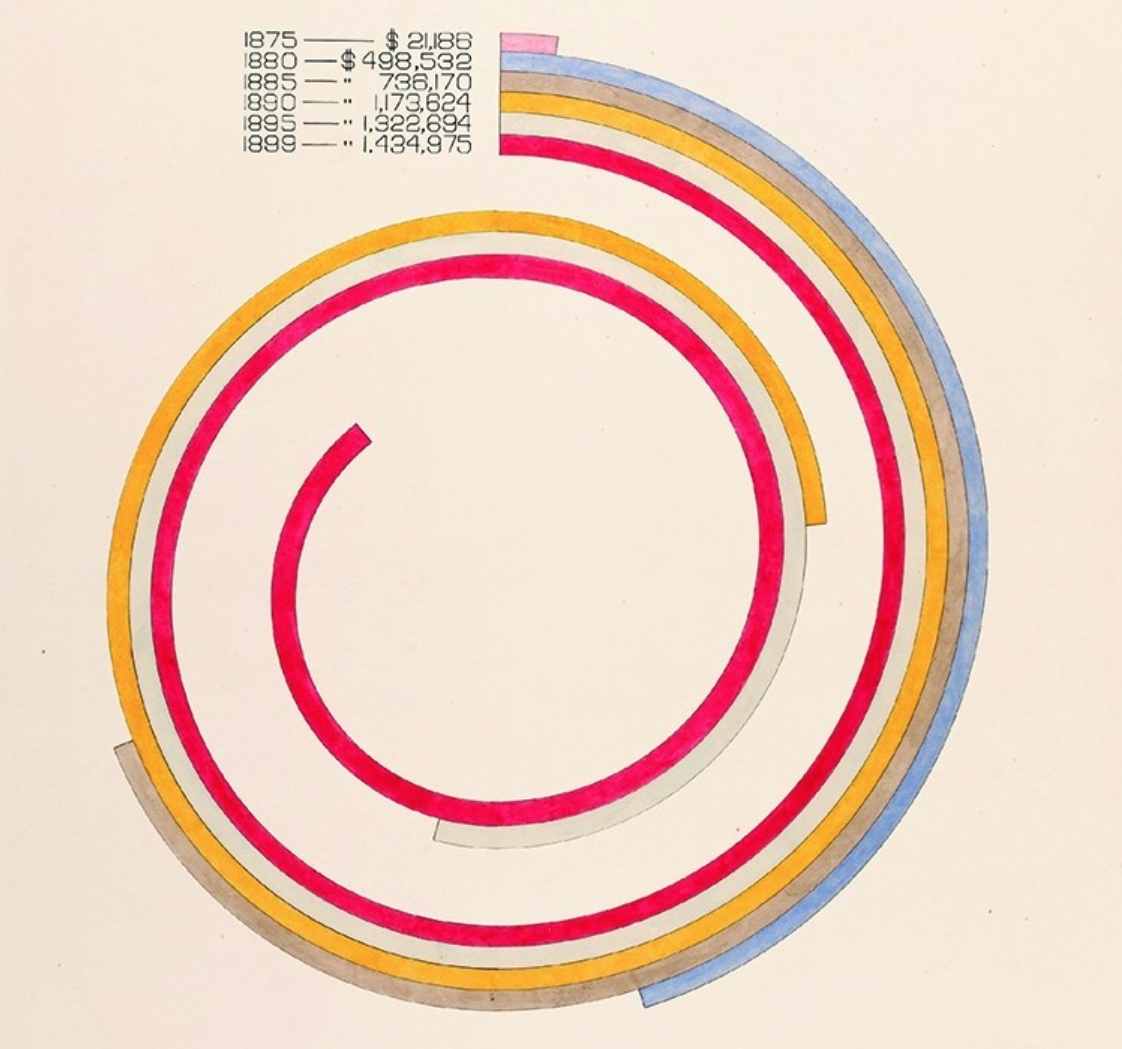With less than five percent of the global population, the United States has the world’s largest economy. While often imagined as a landscape of oversized cars, suburban homes, and conspicuous consumption, the US is also a site of extreme racialised inequality. In this course, we will take a journey across the disinvested regions of North America—with a focus on the US—to examine how capitalist development manifests in uneven and profoundly racialised ways. Along the way, we will learn about communities who resisted exploitation.
The course begins with an overview of ideas and debates on race and capitalism in the broader North American region, including discussions of indigeneity, migration, displacement, housing, environmental racism, prisons, and policing. The second half of this course looks at key internal peripheries within the region that reveal the intertwined relationship between race, class, and uneven development. Regions examined will include the US South, borderlands, island territories, and agricultural lands. Using contemporary case studies combined with geographic and decolonial theory, students will examine how each sub-region is embedded with a web of colonial and capitalist relations.
Image: Vizualisation of the value of black assets in the US by W.E.B. Du Bois, displayed at the 1900 Paris Exposition.